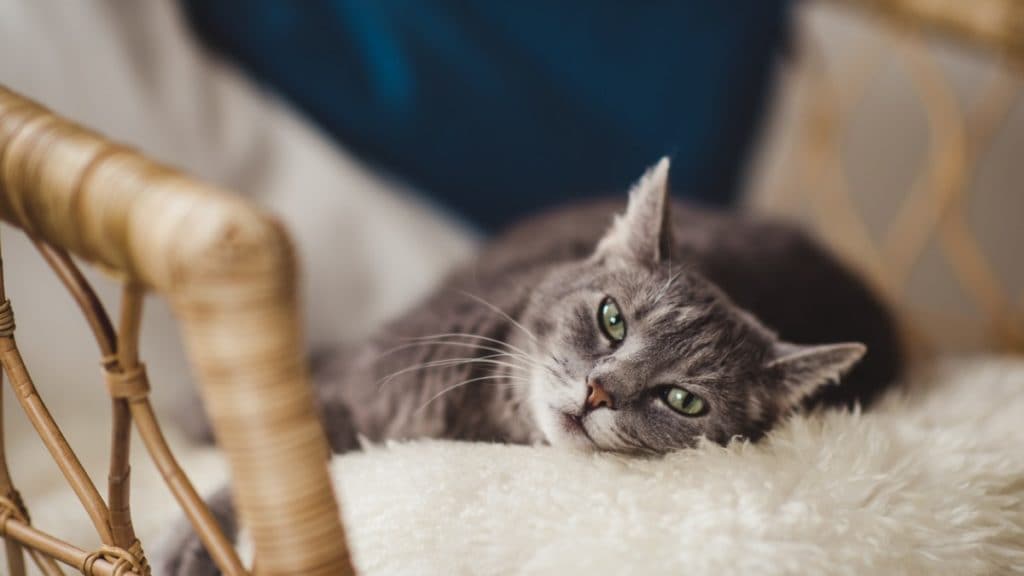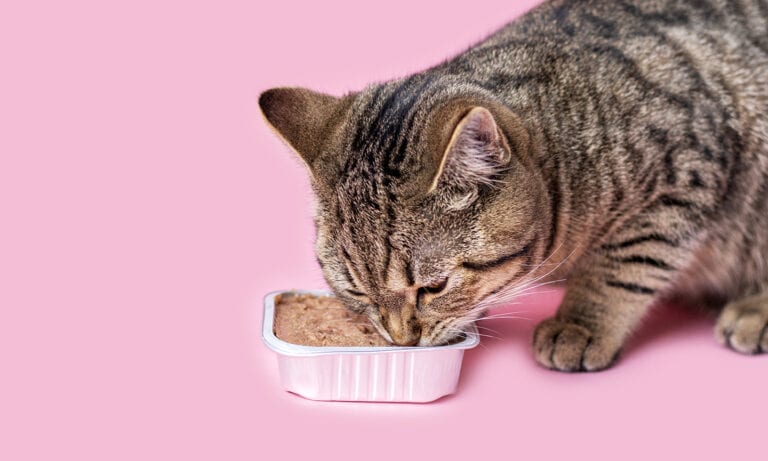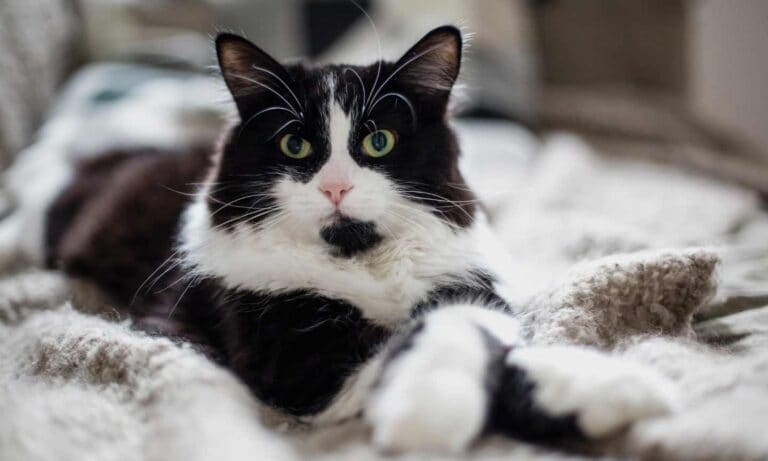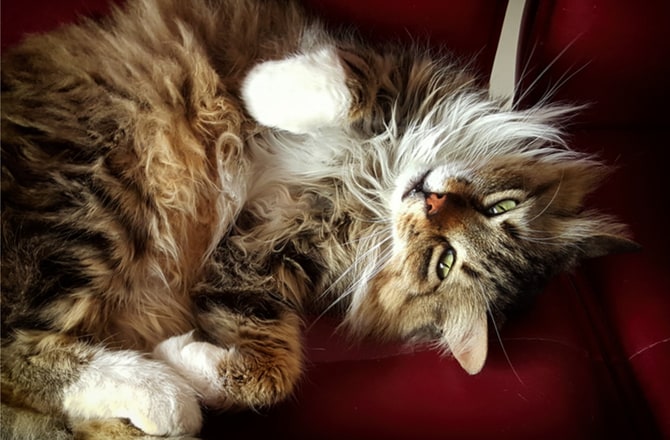Spotting the signs of arthritis in cats is challenging for most pet parents. By nature, cats are evolutionarily designed to hide their pain, which can make it near impossible to detect signs your pet is ill. As your feline friend gets older, it’s critical to keep his joint heath in check. Discover how feline arthritis develops and the signs to watch for in your pet.
Causes of Feline Arthritis
Arthritis happens when cartilage in a joint breaks down, leading to abnormal rubbing within the joint, inflammation, bony changes and pain. Arthritis can be caused by many things, including trauma from broken bones or torn ligaments, developmental disorders and increased wear and tear from obesity or advanced age.
Arthritis typically takes time to develop and slowly can change your cat’s behavior. Combine this with the fact that pet parents often don’t know what to watch for, and it’s unsurprising why the signs of arthritis in cats often fly under the radar.
It is estimated that 90 percent of cats over the age of 10 have osteoarthritis, and the numbers are higher for overweight cats, according to Robin Downing, DVM, DAAPM, DACVSMR, CVPP, CCRP, hospital director for The Downing Center LLC for Animal Pain Management in Windsor, Colorado.
Signs of Arthritis in Cats
While limping might seem like an obvious sign of arthritis in cats, this is may not always be the case. By and large, a cat limping due to leg or joint pain typically results from trauma from auto accidents (hit by a car), stepped on or kicked, or cat bite abscesses.
Instead of limping, cats often display several subtle signs that are, by nature, designed to camouflage any weakness. Beyond confounding their pet parents, this actually is an evolutionary strategy designed to protect felines from predators. Ever wonder why a sick cat goes and hides under the bed?
To display any sort of pain or weakness to a predator marks the cat an easy target. Thus, cats hide their pain and suffering.
While the signs of osteoarthritis in cats can vary, they often include:
- Sleeping more and playing less
- Jumping less often or not as high
- Reluctance to go up or down stairs
- Irritability
- Excessively grooming painful areas
- Litter box problems, such as urinating outside the litter box
- Hiding more frequently
- Increased aggression with other cats
If you notice any of these signs, then your cat may be hiding pain, and it is time to talk with your veterinarian. Your veterinarian will ask you some questions and do a physical exam. She may also recommend some laboratory testing to rule out other things that can cause behavior changes in cats as well as radiographs (X-rays) to diagnose osteoarthritis.
Treating Arthritis in Cats
The sad truth is that there is no cure for this progressive disease, so if your cat is diagnosed with osteoarthritis, treatment is aimed at disease management. The best way to help your cat remain comfortable is to keep him at a healthy weight. Overweight cats experience many more problems and pain with osteoarthritis than fit cats.
Ask your veterinarian what a healthy weight is on your cat. Getting an arthritic cat moving helps preserve range of motion and lubricates the joints. If your cat is food motivated, try tossing kibbles so he can get moving and “hunt” the food as exercise.
Arthritic cats in pain don’t want to move, so getting the pain controlled is tantamount. There are good options for pain management in cats, such as Onsior, and many cats improve with every-other-day or twice weekly administration of pain medication. Be sure to talk with your veterinarian about medicines for cat arthritis pain.
Joint supplements also can help support feline joint health. Omega-3 fatty acids from fish oil are the most effective, such as Nordic Naturals’ omega-3 supplement, which is derived from wild anchovies and sardines and can be given on its own or mixed with food. Feeding your cat a therapeutic diet like contains the joint supplements in the food.
Whatever you do, don’t let your cat live in pain. With a few modifications, your cat can enjoy a better quality of life and enjoy many years of purring, cuddles and love.
Dr. Sarah Wooten, DVM, is a practicing veterinarian, certified veterinary journalist, author, speaker, landlord, tea tavern owner, mom and warrior goddess. When it’s time to play, she can be found skiing in Colorado, diving a coral reef or triathlon training with Team LC.
Share:













